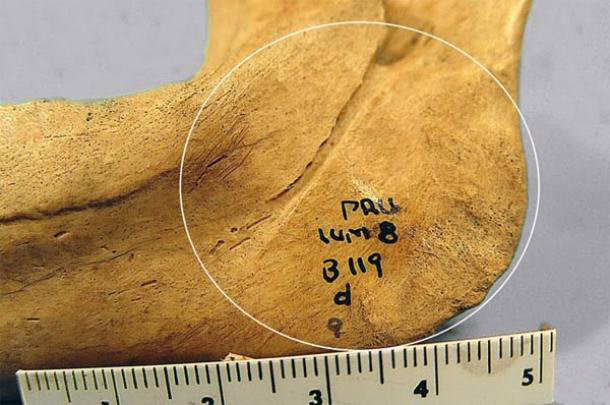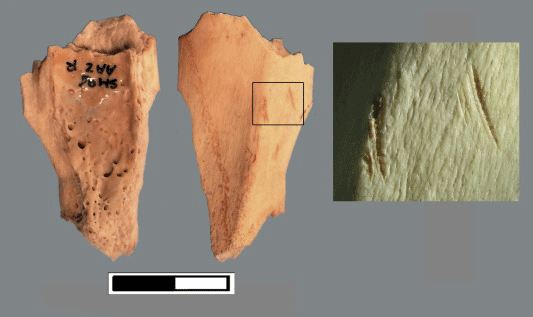New research has revealed the Aztec rulers, priests, and high ranking warriors practiced cannibalism as a research rite. Evidence comes from fragments of human bones found in the Sacred Grounds of Tenochtitlan, Mexico, which show butchering marks and prolonged exposure to fire.

Tenochtitlan was the capital of the Aztec empire that flourished between 1325 and 1521 AD. It was built on an island in Lake Texcoco in what is now central Mexico, and had a system of canals and causeways that supplied the hundreds of thousands of people who lived there. As Tenochtitlan expanded, it grew to become the largest and most powerful city in Mesoamerica. The city was largely destroyed in the 1520s by Spanish conquistadors.
Archaeologist Gabino Lopez Arenas carried out an analysis on craniums, tibia, humerus and jaws located among the offerings of the Great Temple and in the surroundings of the historical centre. The analysis revealed that the individuals had been decapitated and dismembered. It then appears that they were butchered and consumed “to absorb the divine force that held the body of the sacrificed,” said Arenas. “We observed that immediately after the victims were immolated their flesh was removed, this is confirmed because a great quantity of bones had cuts and alterations that were done while the bone was fresh and recently exposed to fire.”

According to Arenas, the Aztecs believed that the practice of cannibalism enabled one to take on the strength that remained in the victim’s body. It was believed that humans were incarnations of the gods they represented and by eating flesh, they could share that divinity.
Historical records and archaeological evidence suggests that cannibalism was not practiced by commoners and was definitely not part of the regular Aztec diet. Rather, it was reserved for the elite of society and usually took place as part of specific ceremonies. For example, during celebrations relating to the first month of the Mexica calendar (atlacahualo), several children were sacrificed to honour the gods of water or rain. They were then cannibalised by the priests. Meanwhile, during the tlacaxipehualizli month, those sacrificed in the temple of the god Huitzilopochtli were devoured in the house of the warrior that captured them.